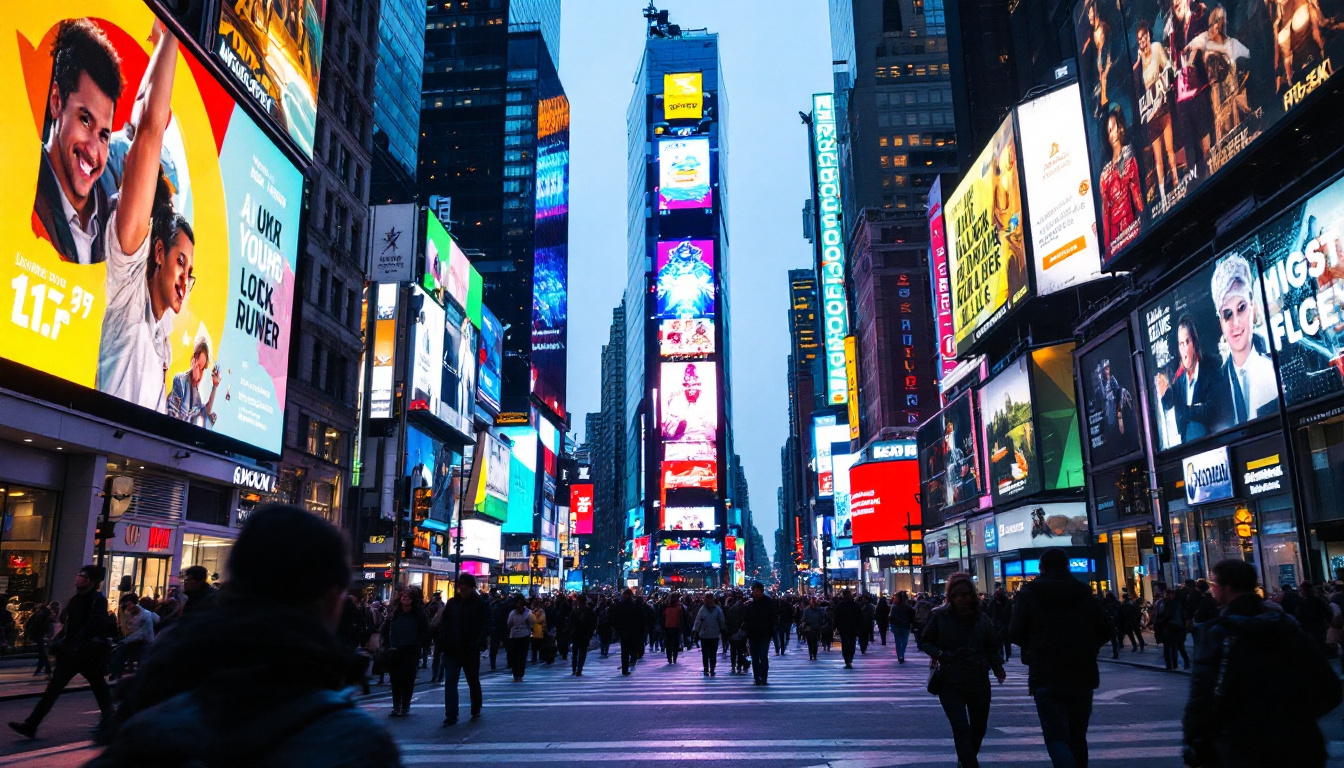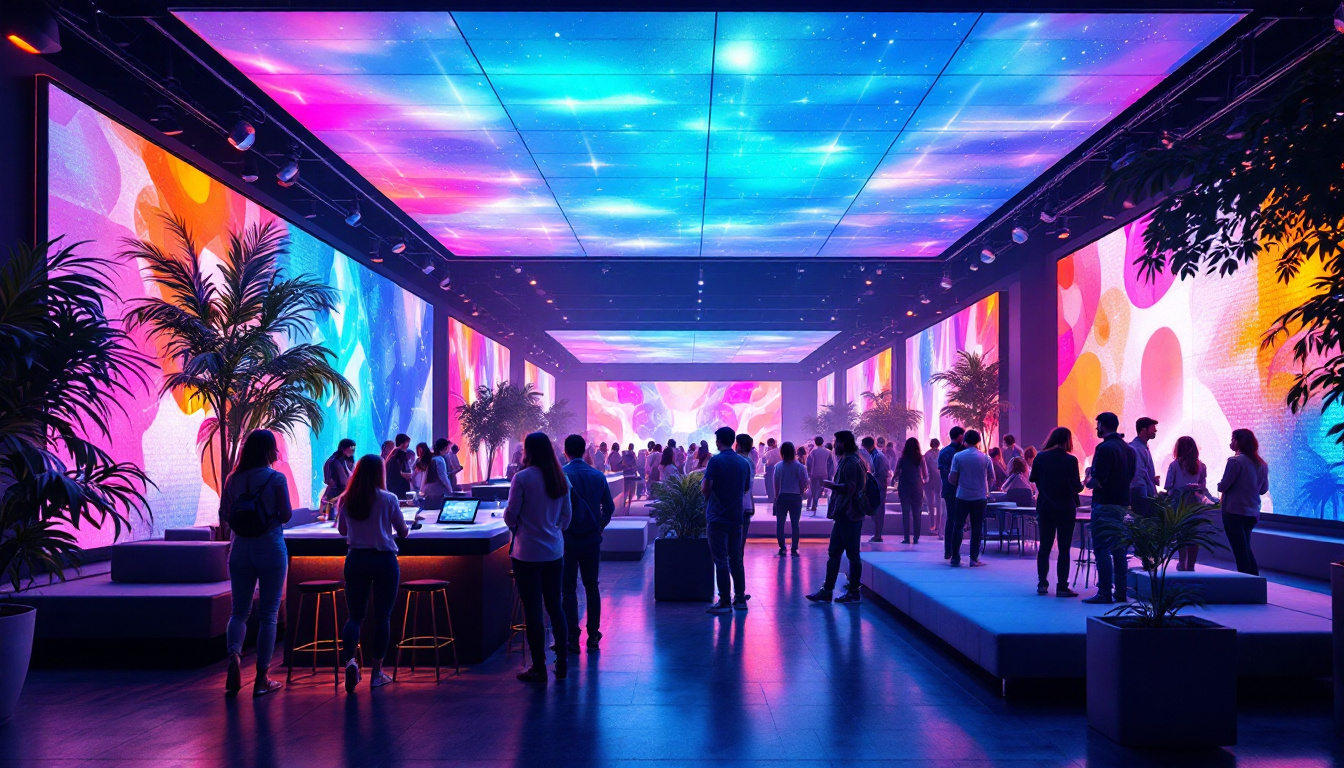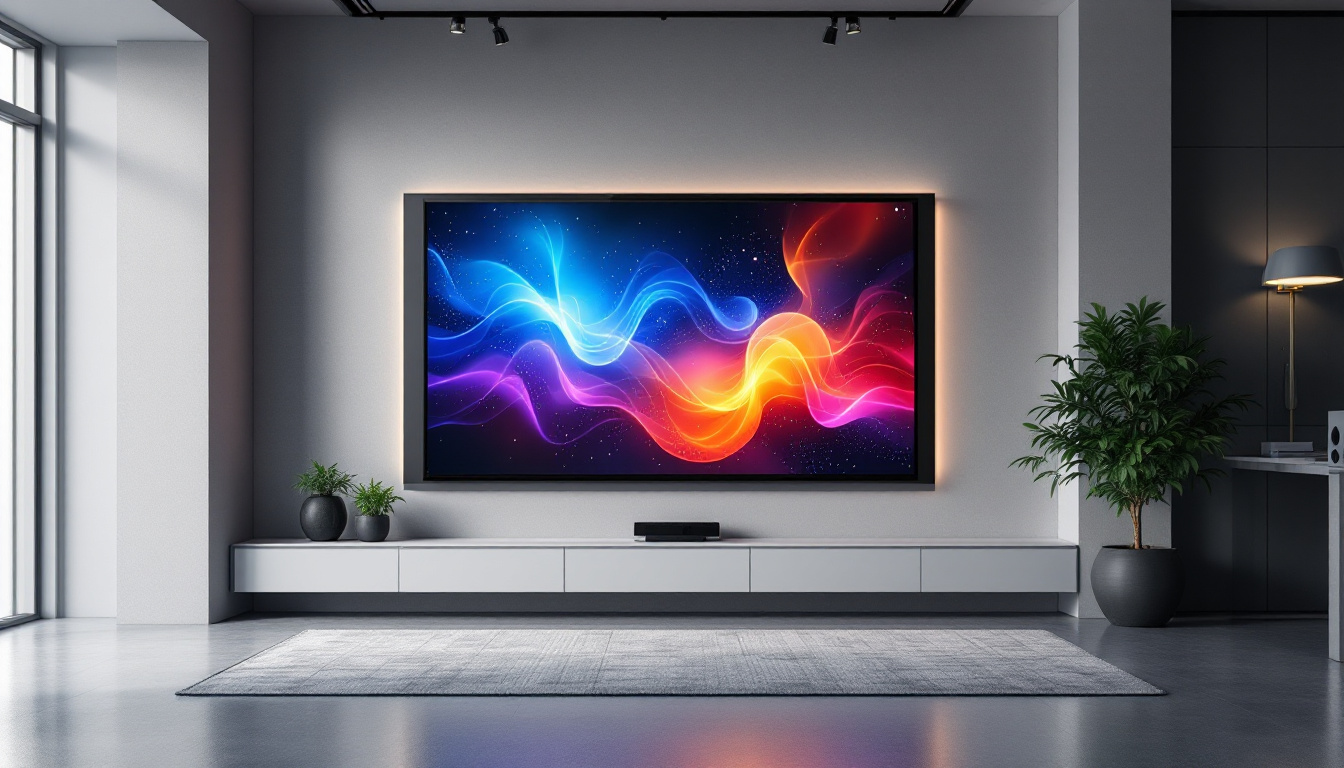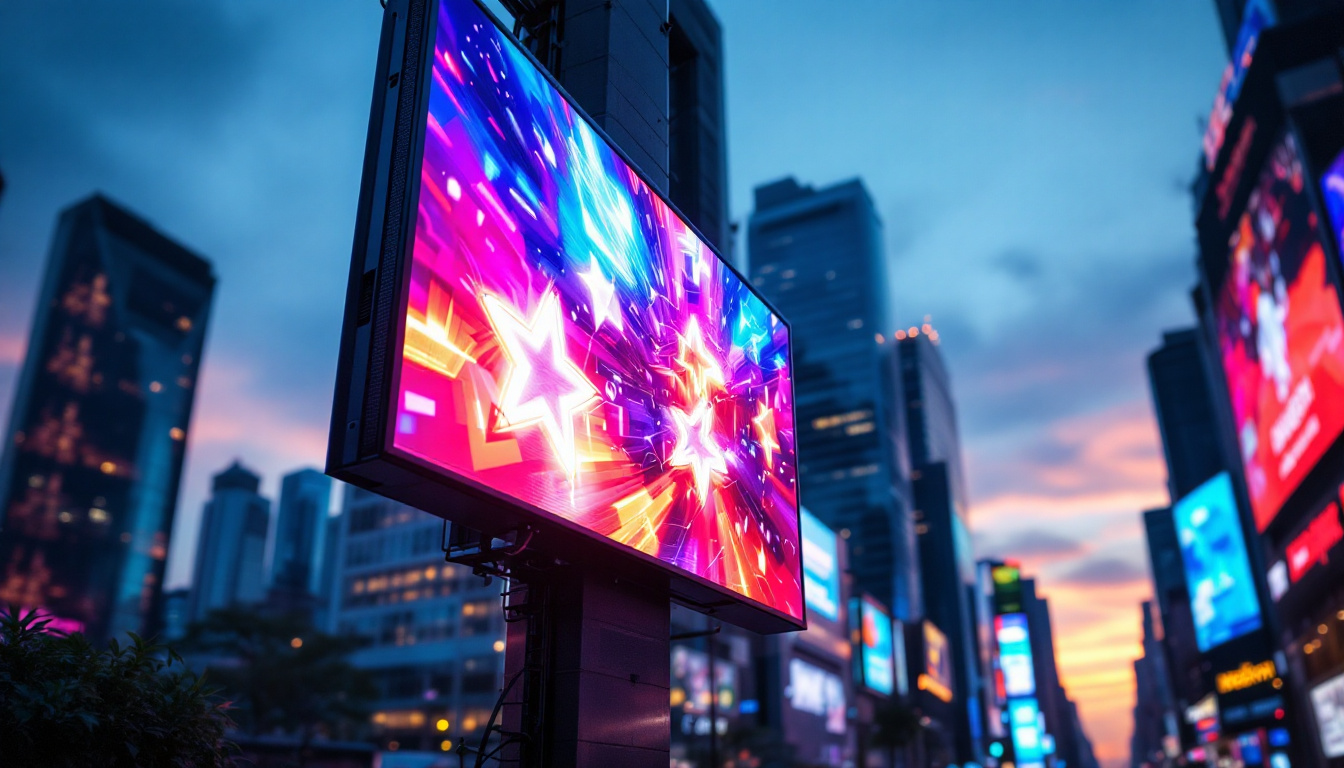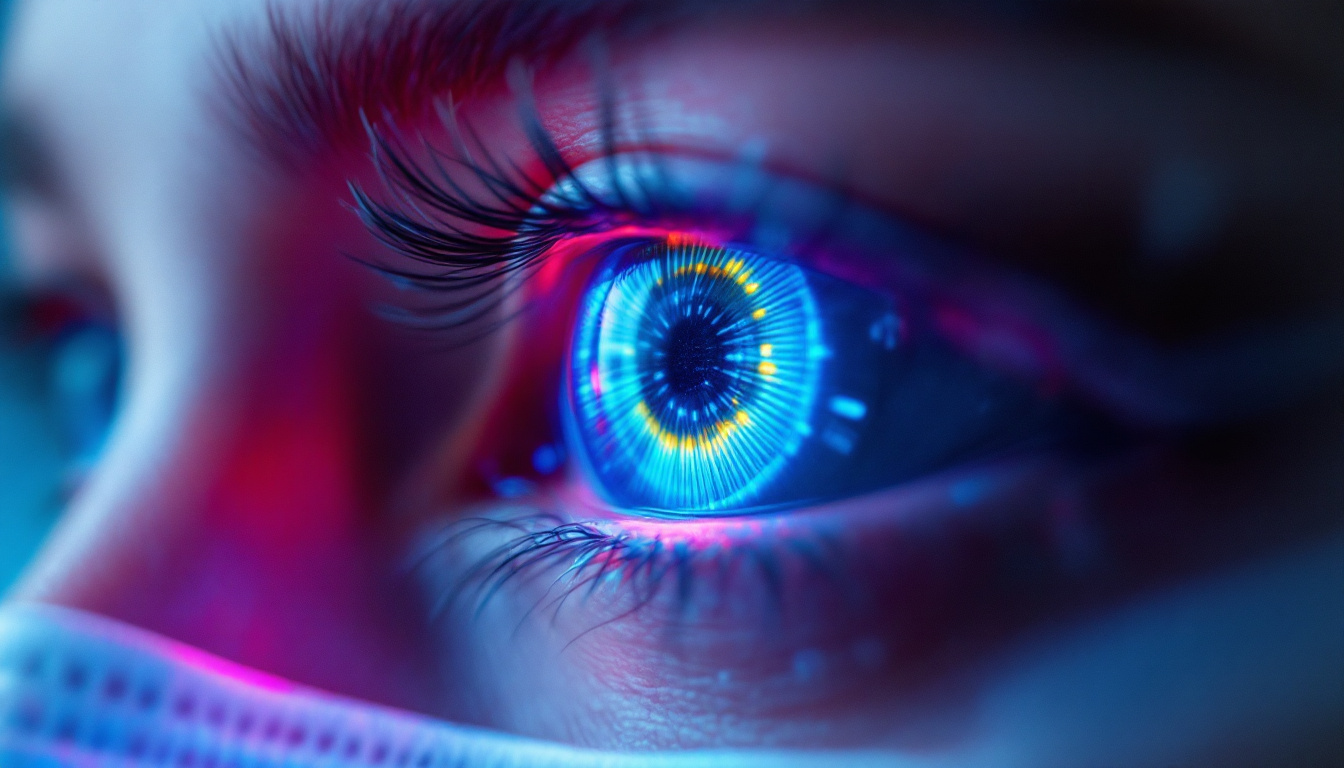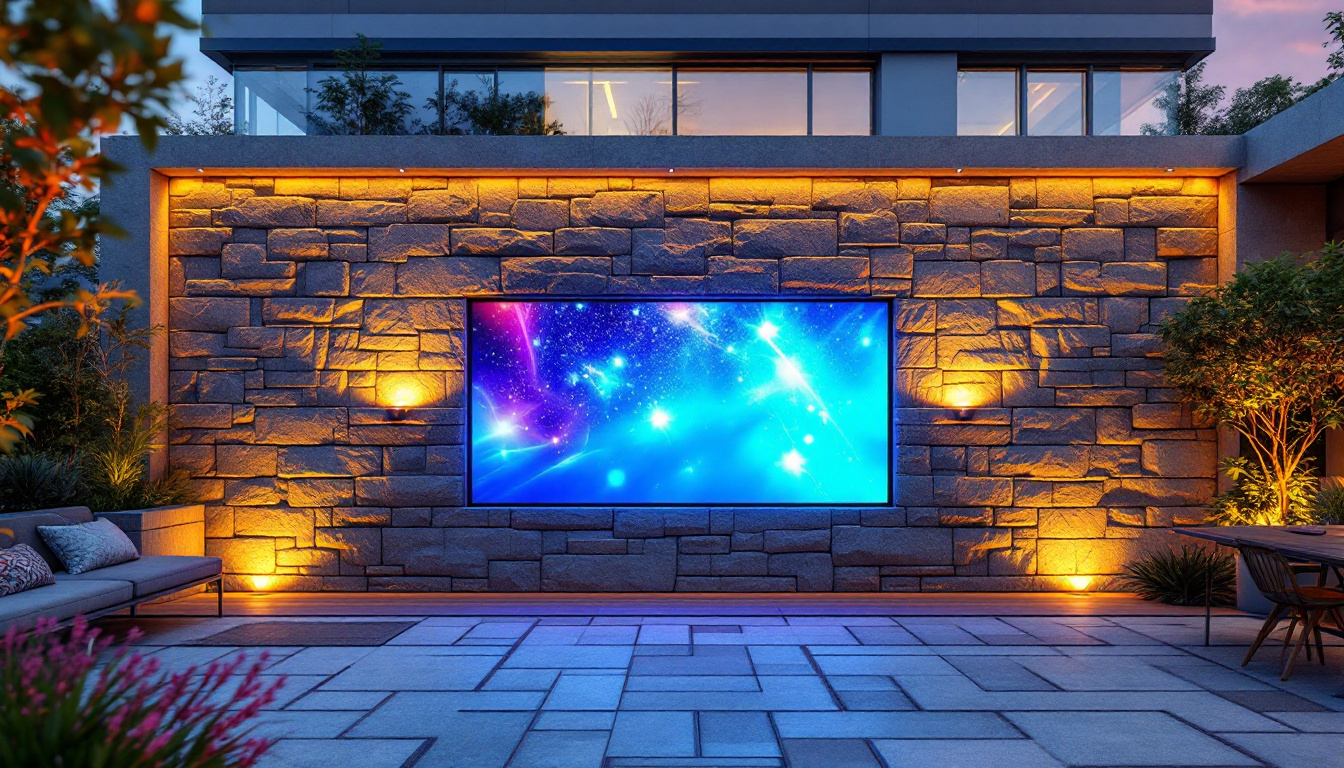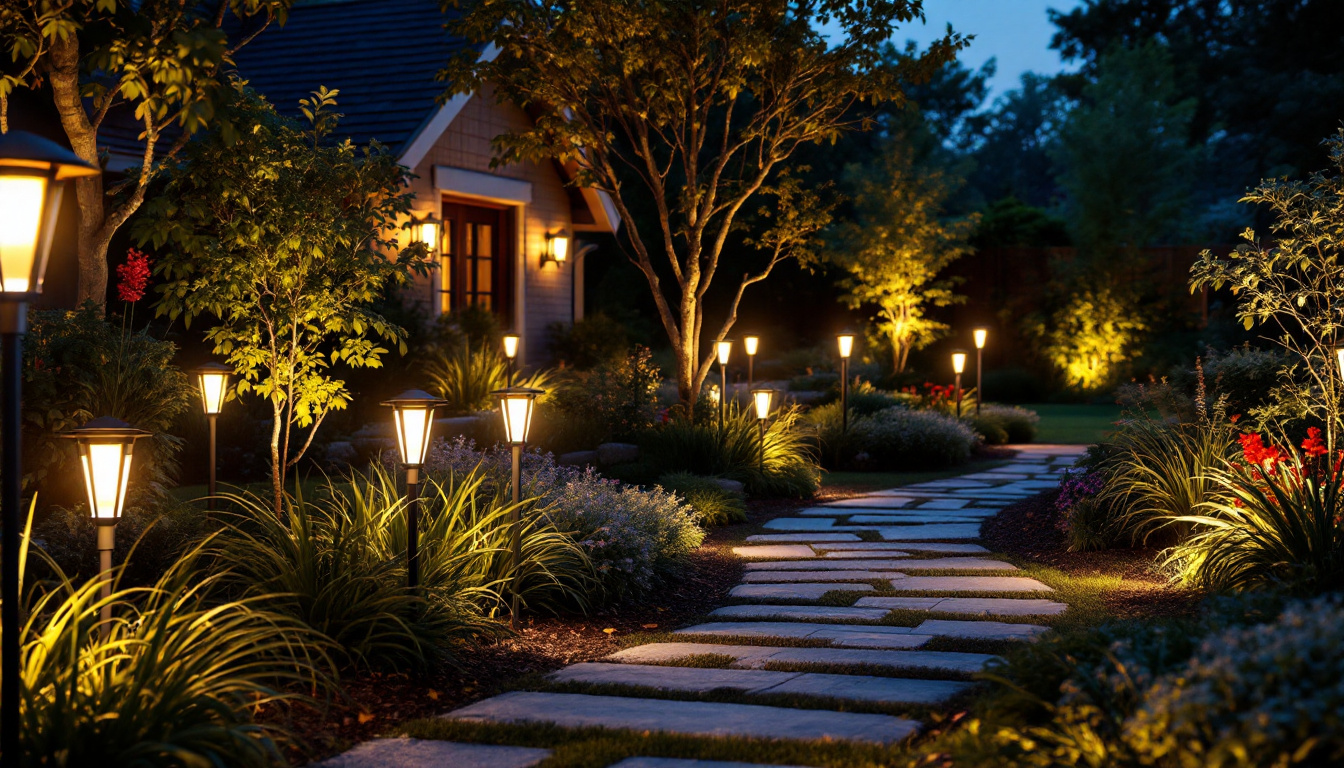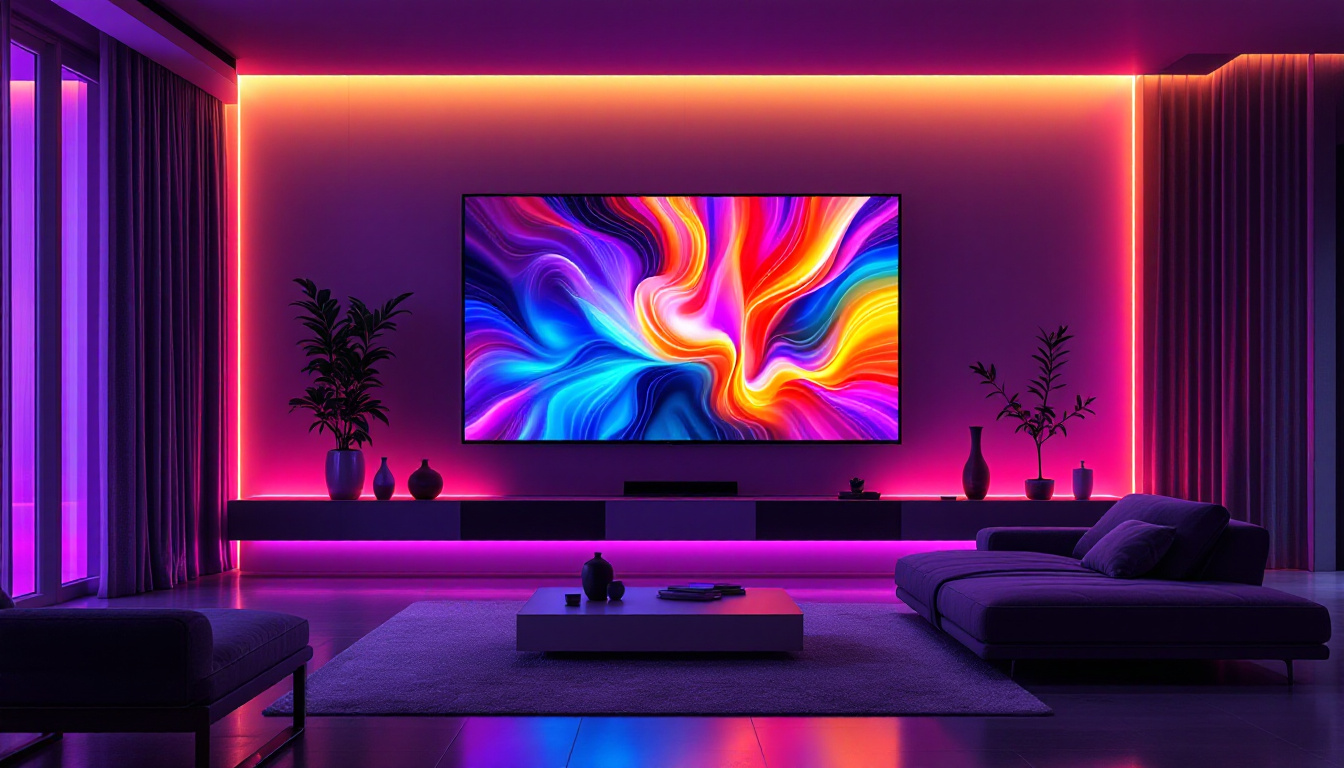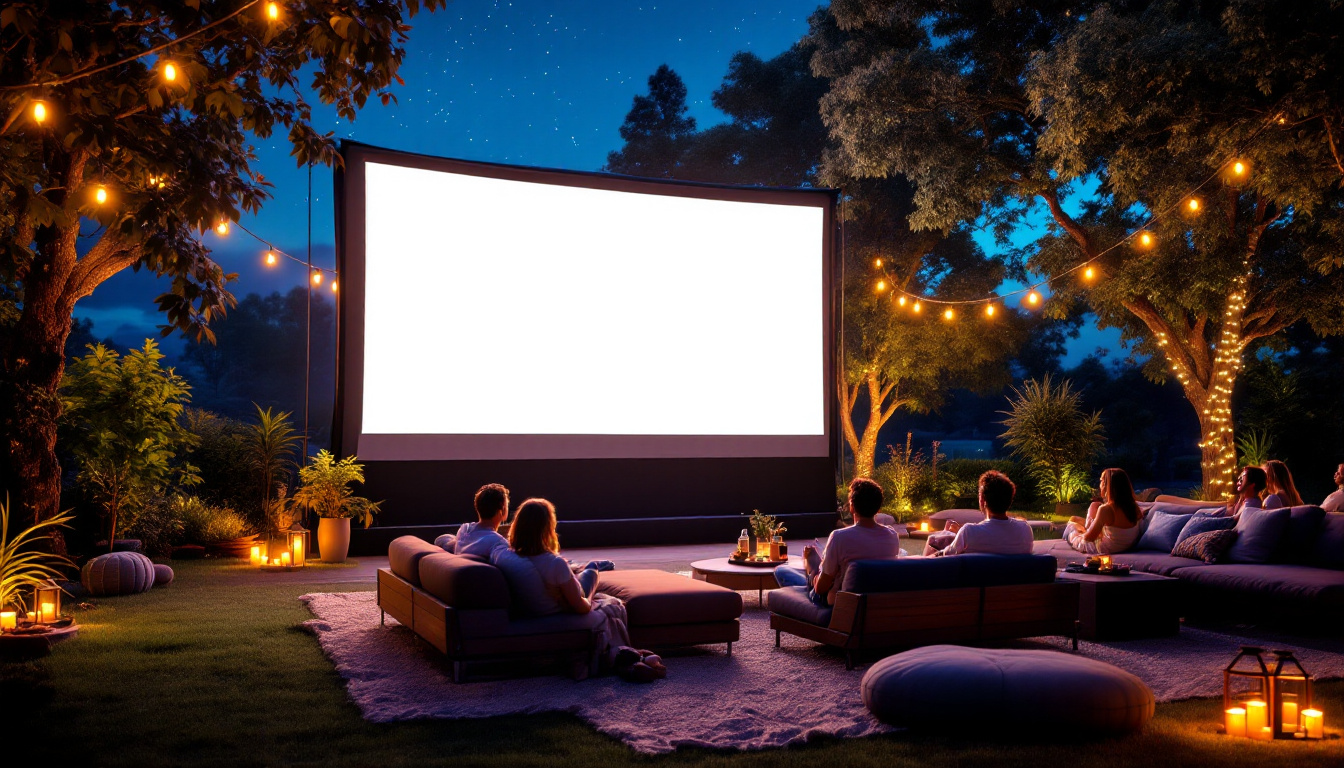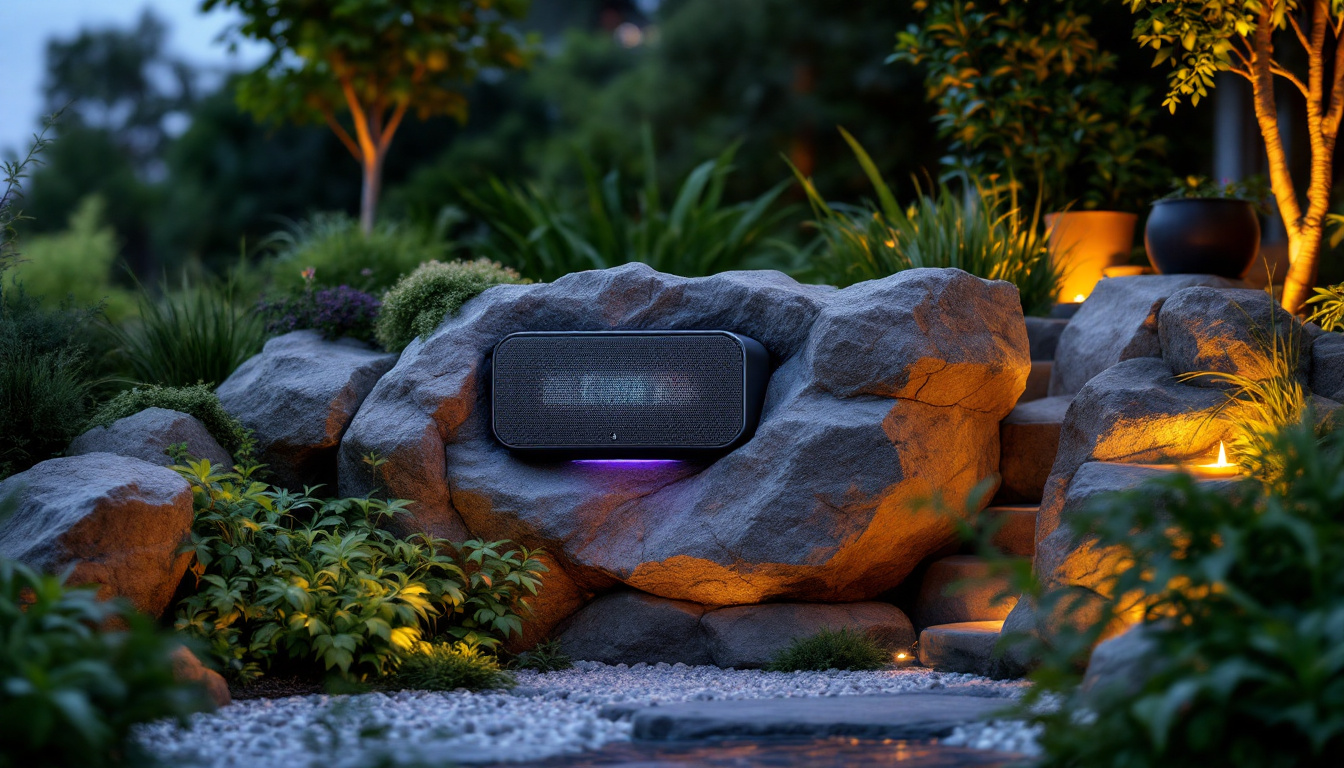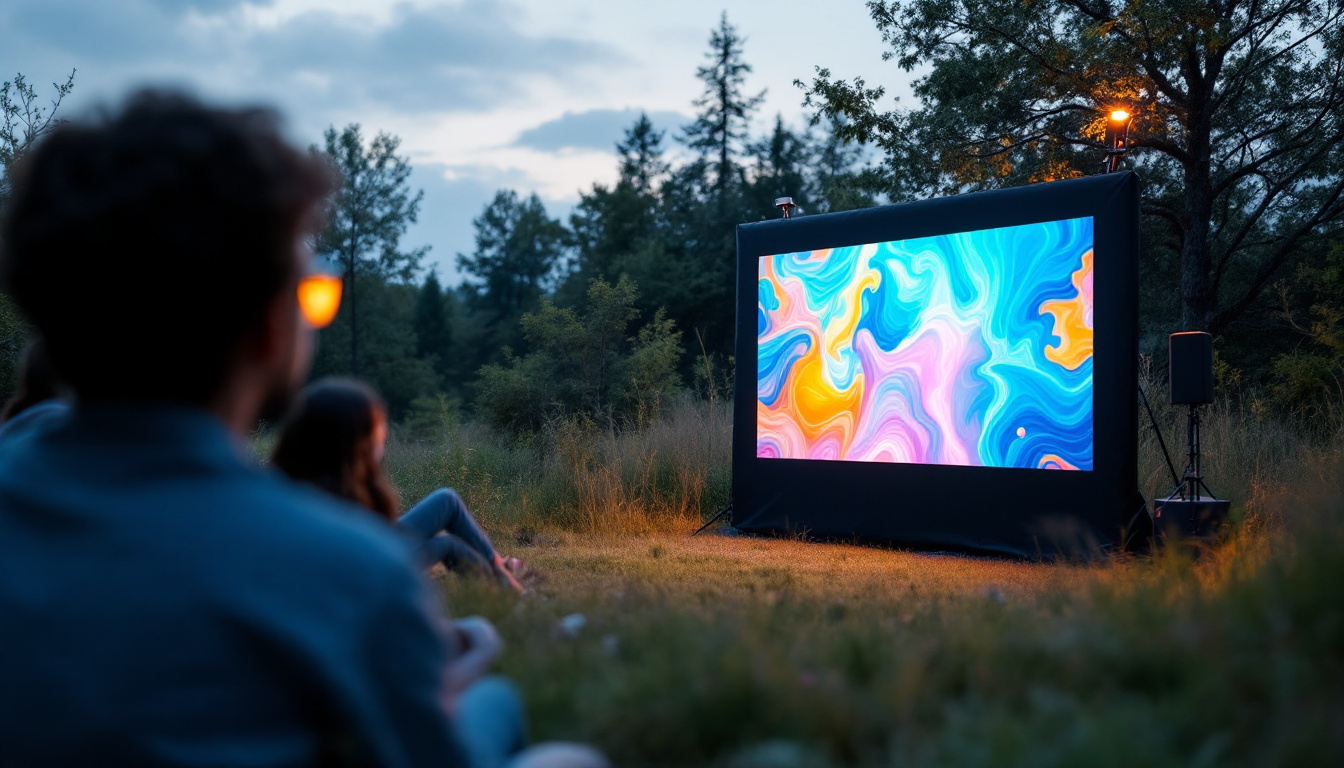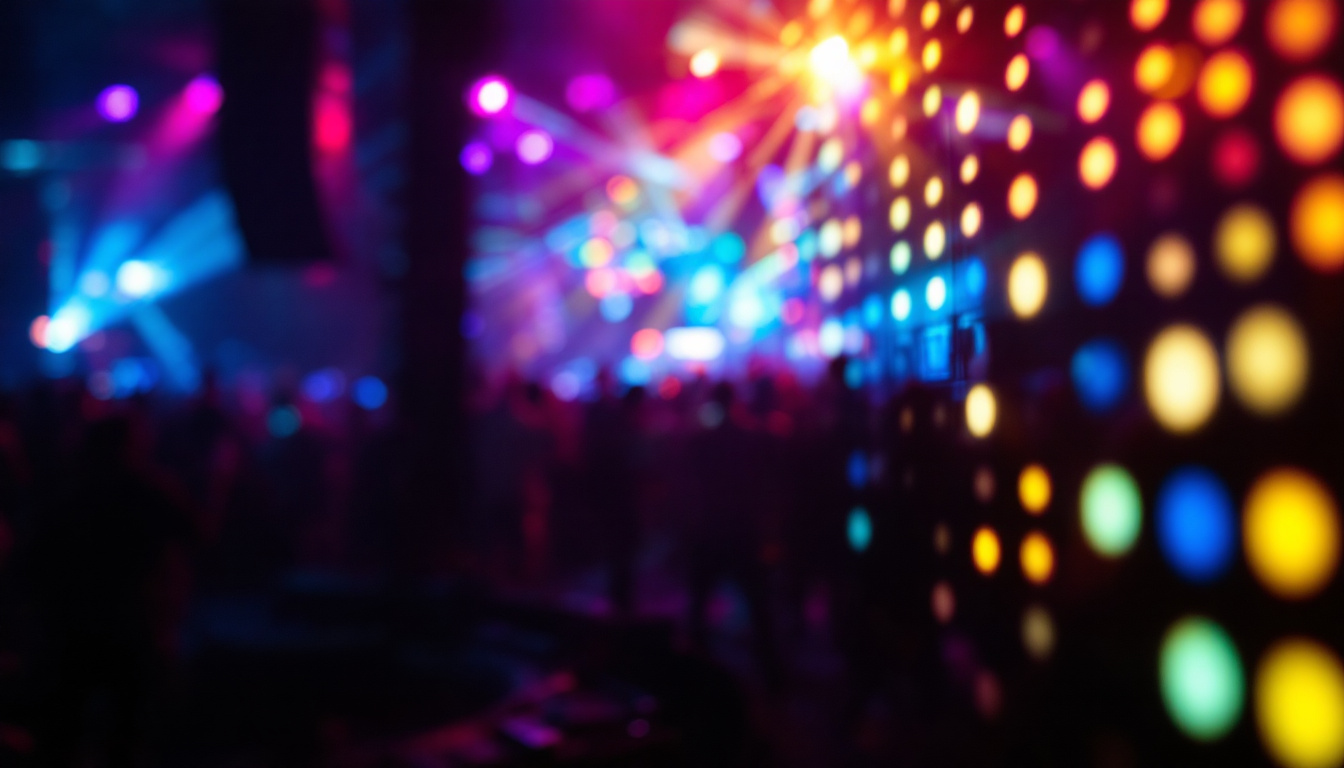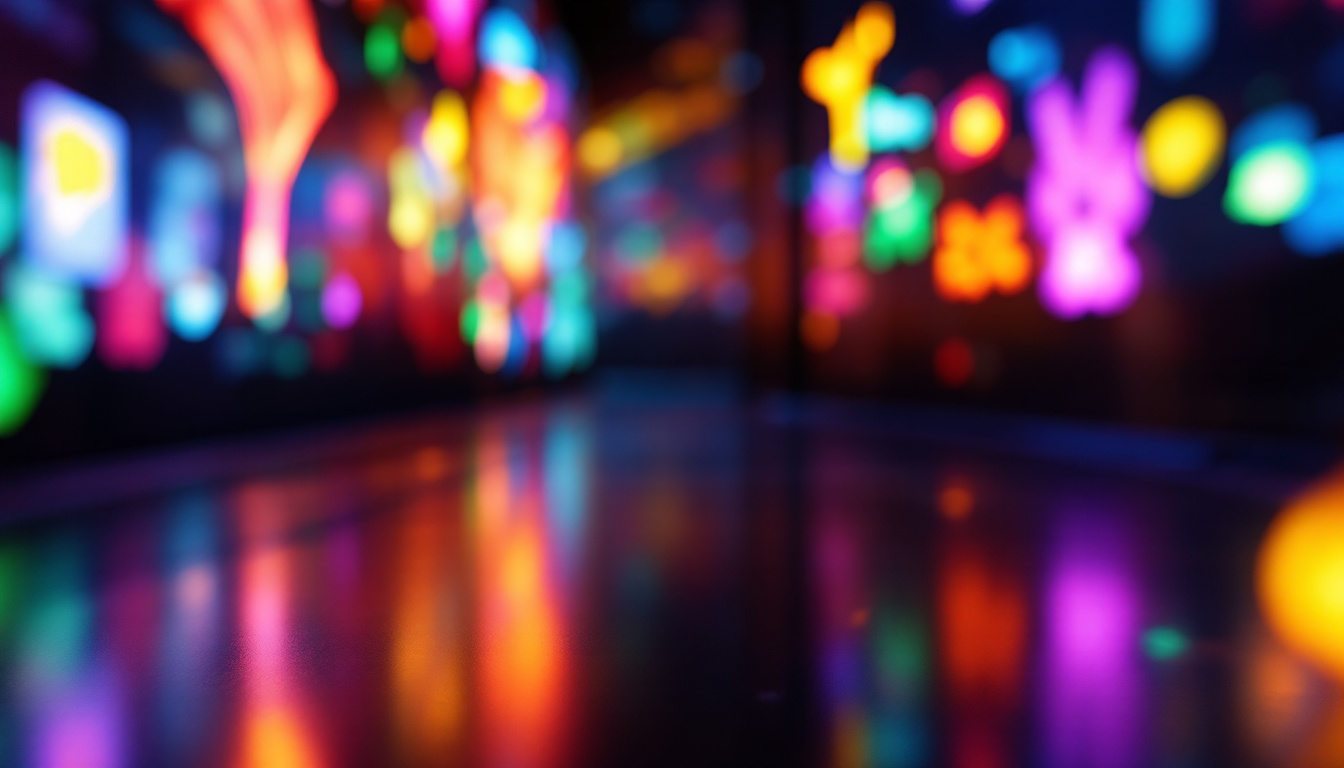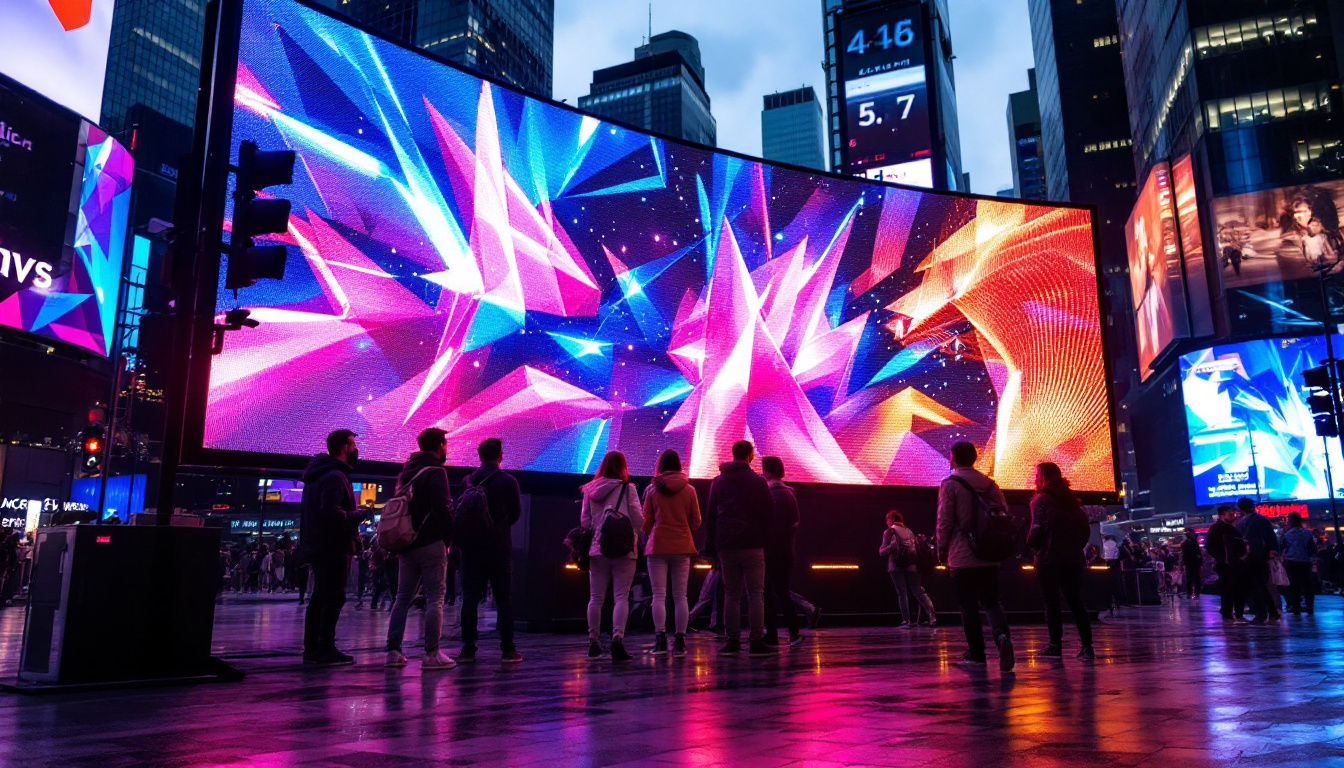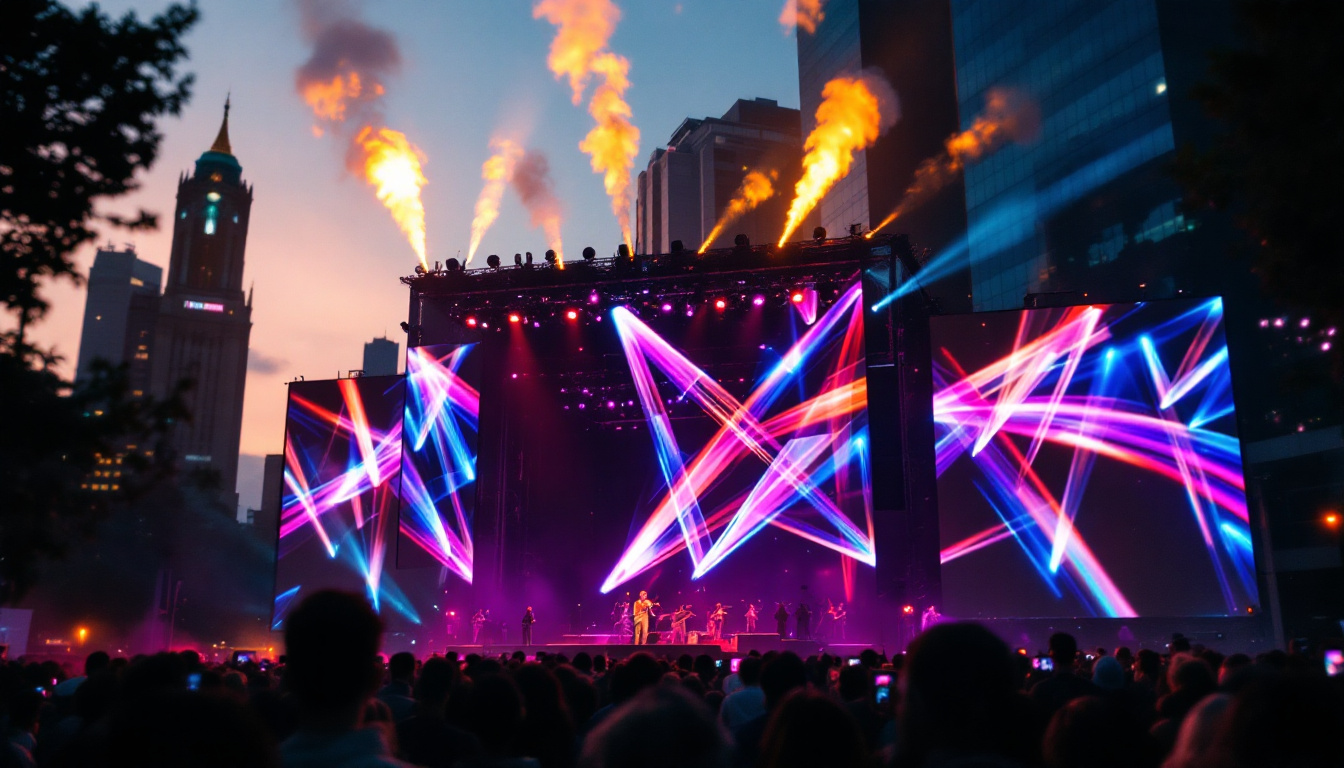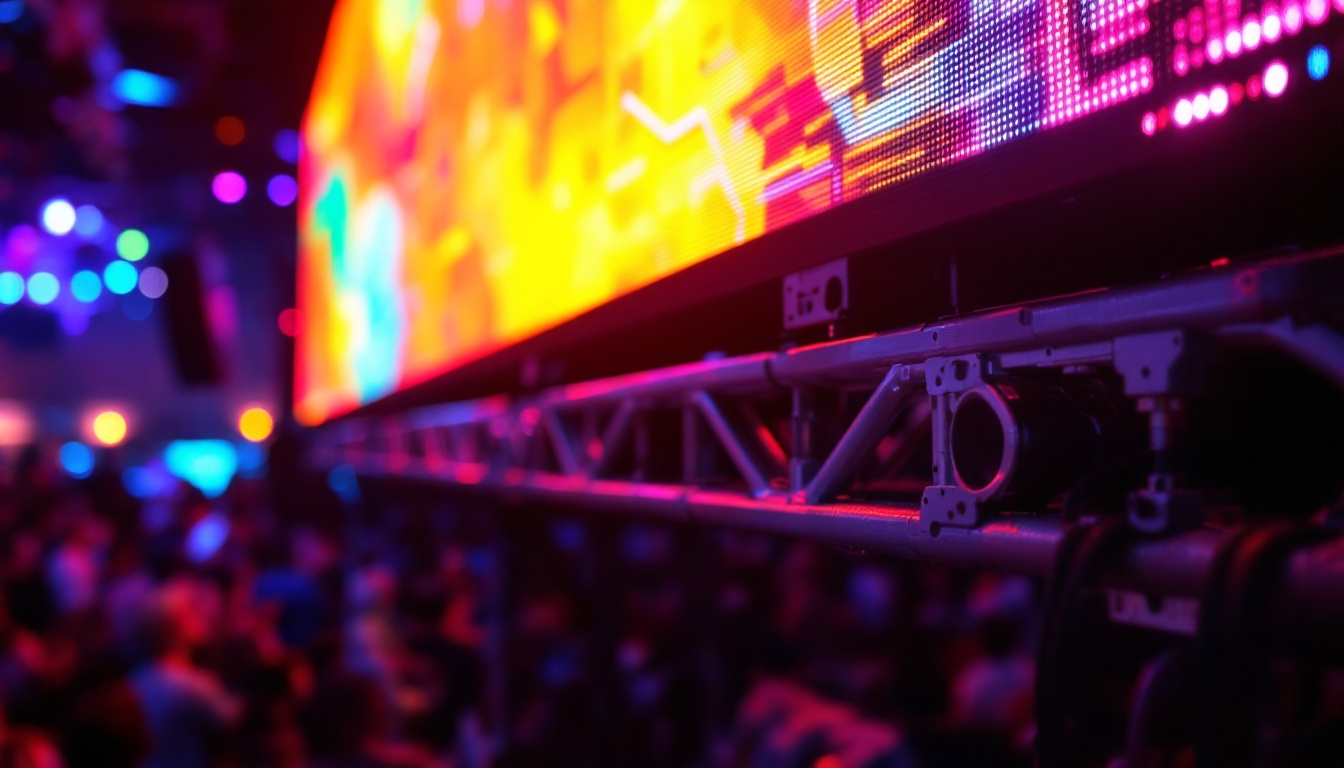In the bustling metropolis of New York City, LED displays have become an integral part of the urban landscape. From Times Square’s iconic billboards to the digital signage found in subway stations, these vibrant screens capture the attention of millions. This article delves into the world of LED displays, exploring their technology, applications, and significance in the heart of one of the world’s most dynamic cities.
Understanding LED Technology
LED, or Light Emitting Diode, technology has revolutionized the way visual content is displayed. Unlike traditional incandescent bulbs, LEDs are semiconductor devices that emit light when an electric current passes through them. This technology not only enhances brightness but also improves energy efficiency, making it a preferred choice for large-scale displays. The versatility of LEDs has made them an integral part of various industries, from advertising to automotive lighting, and even in architectural designs, where they can create stunning visual effects.
How LEDs Work
At the core of LED technology is the semiconductor material, typically gallium arsenide or gallium phosphide. When electricity is applied, electrons move through the semiconductor, releasing energy in the form of light. This process is known as electroluminescence. The color of the light emitted depends on the materials used in the semiconductor, allowing for a wide range of colors and brightness levels. The development of white LEDs, achieved by combining blue LEDs with yellow phosphor, has further expanded their applications, enabling their use in general lighting and display technologies.
LEDs can be arranged in clusters to form pixelated displays, where each pixel consists of red, green, and blue (RGB) diodes. By varying the intensity of each color, a full spectrum of colors can be produced, enabling high-quality images and videos to be displayed. This pixel arrangement allows for dynamic content, such as animations and real-time updates, making LED displays particularly popular for digital billboards and sports arenas, where capturing audience attention is crucial.
Advantages of LED Displays
LED displays offer numerous advantages over traditional display technologies. One of the most significant benefits is their energy efficiency. LEDs consume significantly less power than incandescent or fluorescent lights, leading to lower operational costs over time. This energy efficiency is not only beneficial for businesses looking to reduce expenses but also contributes to environmental sustainability by lowering carbon footprints.
Additionally, LED displays have a longer lifespan, often exceeding 100,000 hours of use. This durability makes them ideal for outdoor applications, where they are exposed to harsh weather conditions. Furthermore, their brightness levels are adjustable, allowing for optimal visibility in various lighting conditions, from bright daylight to dimly lit environments. The ability to withstand temperature fluctuations and moisture makes LED technology particularly suitable for outdoor signage and architectural lighting, ensuring that they maintain their performance and visual appeal over time. As technology continues to advance, the integration of smart features, such as remote control and programmable settings, is further enhancing the functionality and appeal of LED displays in various applications.
The Role of LED Displays in New York City
In New York City, LED displays serve multiple purposes, from advertising and entertainment to public information and artistic expression. Their presence is felt across the city, transforming ordinary spaces into vibrant visual experiences.
Advertising and Branding
One of the most prominent uses of LED displays in New York is for advertising. Billboards in Times Square, for instance, are among the most recognizable in the world. These large-format displays showcase advertisements for major brands, capturing the attention of tourists and locals alike. The dynamic nature of LED technology allows for eye-catching animations and video content, making advertisements more engaging.
Moreover, LED displays enable targeted advertising. With advancements in technology, advertisers can tailor their messages based on real-time data, such as weather conditions or audience demographics. This level of customization enhances the effectiveness of advertising campaigns, driving higher engagement rates.
In addition to traditional advertising, LED displays have also become a canvas for creative marketing strategies. Brands often collaborate with artists to create visually stunning installations that not only promote their products but also contribute to the cultural landscape of the city. These artistic displays can turn a simple advertisement into a memorable experience, fostering a deeper connection between the brand and the audience.
Public Information and Safety
Beyond advertising, LED displays play a crucial role in disseminating information to the public. Digital signage is commonly used in transportation hubs, such as airports and subway stations, to provide real-time updates on schedules, delays, and safety announcements. This immediate access to information helps commuters navigate the city more efficiently.
Additionally, LED displays are employed for public safety messages, such as emergency alerts or weather warnings. Their visibility and ability to convey information quickly make them essential tools for keeping the public informed and safe.
Furthermore, these displays can also serve as platforms for community engagement. Local governments and organizations utilize LED technology to share important civic information, such as upcoming events, public meetings, and community initiatives. This not only promotes transparency but also encourages residents to participate in local governance and community activities, fostering a sense of belonging and civic pride among New Yorkers.
Artistic Expression Through LED Displays
In recent years, LED displays have also become a medium for artistic expression. Artists and designers are leveraging this technology to create stunning visual installations that transform public spaces into interactive art galleries.
Interactive Installations
Interactive LED installations invite viewers to engage with the artwork in unique ways. For example, some installations respond to the movement of passersby, creating a dynamic experience that changes based on audience interaction. This blend of technology and art encourages participation and fosters a deeper connection between the viewer and the artwork.
Such installations can be found in various locations throughout the city, from parks to cultural institutions. They not only beautify public spaces but also inspire dialogue about the role of technology in contemporary art.
Notable LED Art Projects
Several notable projects have showcased the potential of LED displays as an artistic medium. One such example is the “Midnight Moment” project in Times Square, where synchronized digital artworks are displayed on various screens throughout the square every night. This initiative highlights the intersection of art and technology, providing a platform for emerging artists to reach a wide audience.
Another example is the “Light Up the Night” project, which features large-scale LED installations that illuminate iconic landmarks across the city. These projects not only enhance the aesthetic appeal of the city but also celebrate its vibrant culture and creativity.
Challenges and Considerations
Despite their many advantages, the deployment of LED displays in urban environments is not without challenges. Issues such as light pollution, maintenance costs, and regulatory compliance must be addressed to ensure that these displays contribute positively to the urban landscape.
Light Pollution Concerns
One of the primary concerns associated with LED displays is light pollution. In a city like New York, where bright lights are ubiquitous, excessive brightness from digital displays can disrupt the natural night environment and affect the well-being of residents and wildlife.
To mitigate these effects, regulations regarding brightness levels and operational hours are often implemented. Striking a balance between visibility and minimizing light pollution is crucial for maintaining the quality of life in urban areas.
Maintenance and Upkeep
While LED displays are known for their durability, they still require regular maintenance to ensure optimal performance. This includes cleaning the screens, checking for pixel malfunctions, and updating software. The costs associated with maintenance can be significant, especially for large-scale installations.
To address these challenges, many organizations invest in preventive maintenance programs and work with specialized service providers to ensure their displays remain in top condition. This proactive approach helps extend the lifespan of the displays and enhances their overall effectiveness.
The Future of LED Displays in Urban Environments
As technology continues to evolve, the future of LED displays in urban environments looks promising. Innovations in display technology, such as flexible and transparent LEDs, are opening new possibilities for integration into architecture and public spaces.
Emerging Technologies
Flexible LED displays, for example, can be bent and shaped to fit various surfaces, allowing for creative applications in building facades and public art installations. Transparent LEDs, on the other hand, can be used in windows and storefronts, enabling businesses to showcase content without obstructing views.
These emerging technologies not only enhance the aesthetic appeal of urban environments but also provide new opportunities for advertisers and artists to engage audiences in innovative ways.
Sustainability and Eco-Friendly Practices
As the world becomes increasingly focused on sustainability, the LED display industry is also adapting. Many manufacturers are now prioritizing eco-friendly practices, such as using recyclable materials and energy-efficient production processes. This shift towards sustainability is essential for reducing the environmental impact of digital signage.
Furthermore, advancements in solar-powered LED displays are being explored, allowing for off-grid installations that harness renewable energy. This innovation could significantly reduce the carbon footprint of urban signage, making cities greener and more sustainable.
Conclusion
LED displays have become a defining feature of New York City’s landscape, playing a vital role in advertising, public information, and artistic expression. Their technology has transformed how information is conveyed and how art is experienced in urban environments.
While challenges such as light pollution and maintenance remain, the future of LED displays is bright, with emerging technologies and sustainable practices paving the way for innovative applications. As cities continue to evolve, LED displays will undoubtedly remain at the forefront of urban visual communication, captivating audiences and enriching the urban experience.
Illuminate Your Space with LumenMatrix
As you’ve seen, LED displays are more than just screens; they’re a canvas for innovation and interaction in the heart of New York City. If you’re inspired to elevate your brand’s presence or create immersive experiences that resonate with your audience, LumenMatrix is your partner in this visual revolution. Specializing in a wide array of LED display solutions—from vibrant Indoor and Outdoor LED Walls to dynamic Vehicle and Sports Displays, and even bespoke Custom and All-in-One LED solutions—LumenMatrix is dedicated to transforming your visual communication. Check out LumenMatrix LED Display Solutions today and step into the future of digital engagement.

